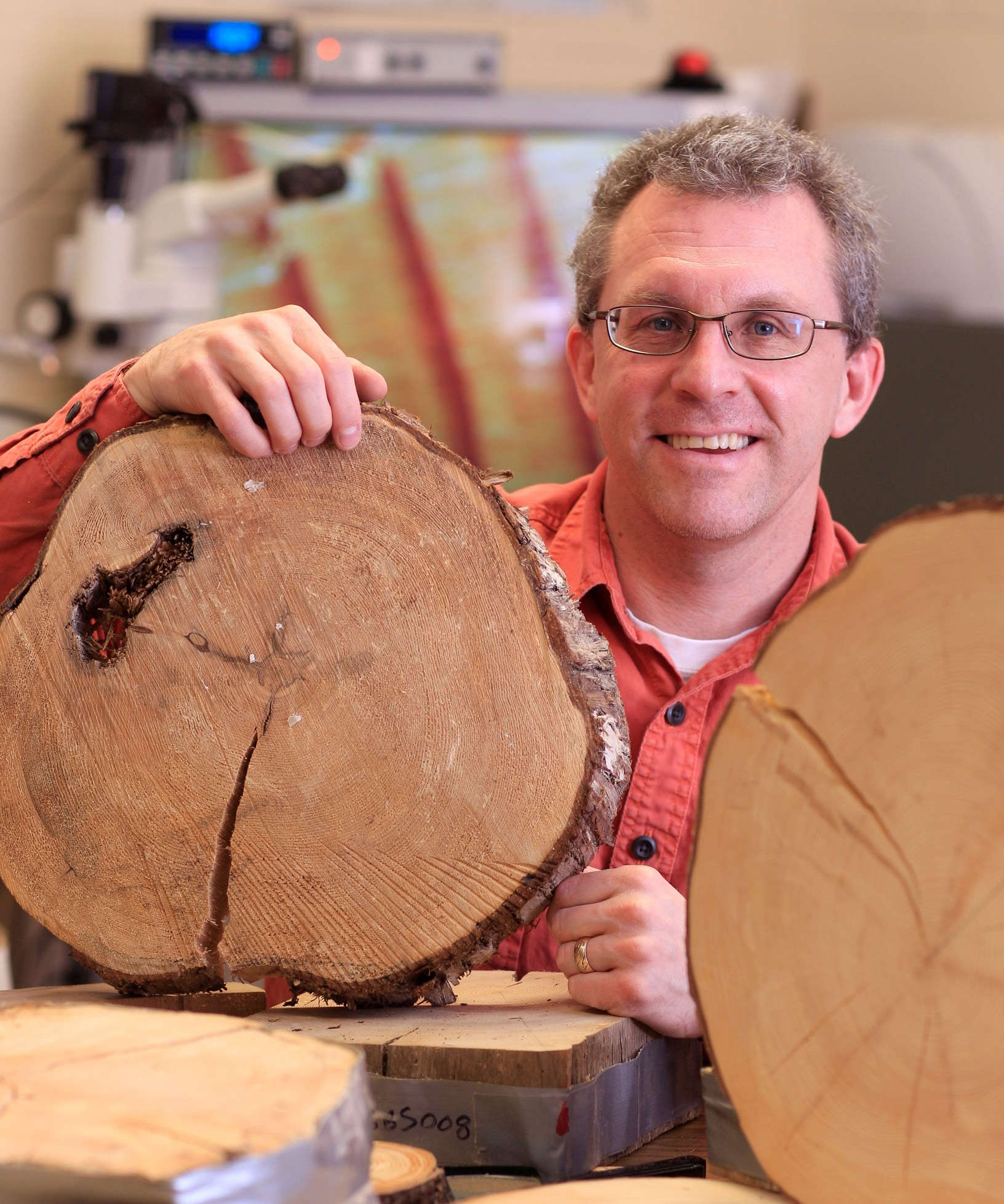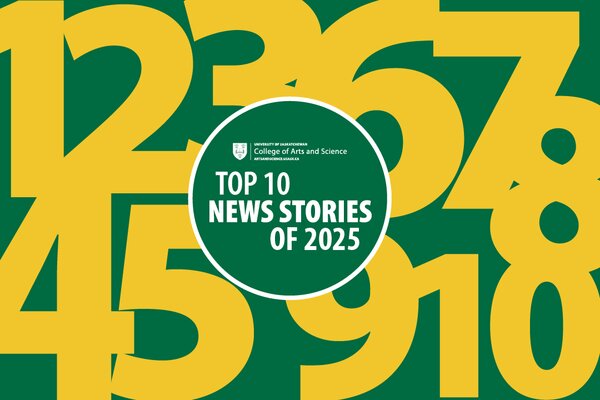
The secrets of trees: CLS launches nationwide educational science project
Grade 6–12 students will collect tree and soil samples to paint a detailed picture of how trembling aspen are doing in communities throughout Canada
The Canadian Light Source (CLS) has launched a unique initiative that creates opportunities for school students across the country to be directly involved in a national research project.
Through the Trans-Canadian Research and Environmental Education (TREE) program, children across the country can participate in a free, nationwide science project to learn the secrets trees can tell about their communities.
The TREE program connects with Grade 6–12 curriculums across Canada in a number of subject areas, including science, math, social studies, languages and Indigenous perspectives. The students will use equipment provided by the researchers to collect the tree and soil samples, and will build a timeline of climatic and environmental activities in their region.
The program involves the CLS and the Mistik Askiwin Dendrochronology Laboratory (MAD Lab), both located at the University of Saskatchewan (USask), in a study of how the environment affects trembling aspen trees. By combining CLS techniques for chemical analysis and MAD Lab expertise in the science of tree rings, TREE aims to paint a detailed picture of how trembling aspen are doing in communities throughout Canada.
“A partnership like this, where citizen science involves students, offers a huge benefit to my research in both the geographic expansion of where I can collect samples and in the time that it saves my team by being in many places at once,” said Dr. Colin Laroque (PhD). Laroque is director of the MAD Lab team and a faculty member with the USask College of Agriculture and Bioresources, School of Environment and Sustainability, and College of Arts and Science.


